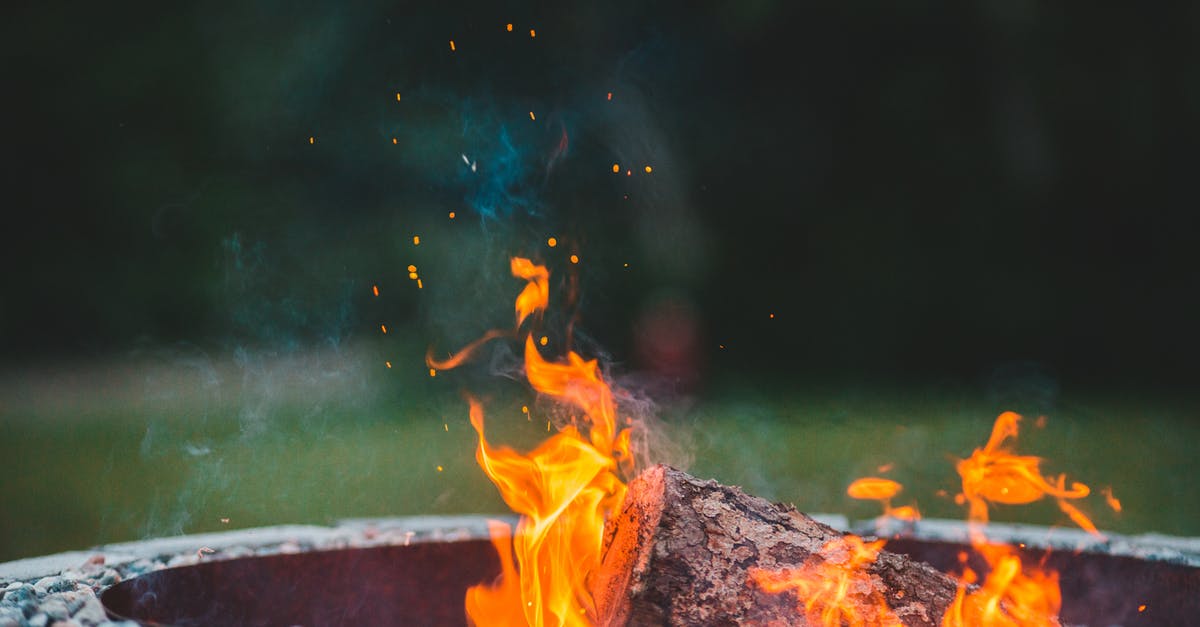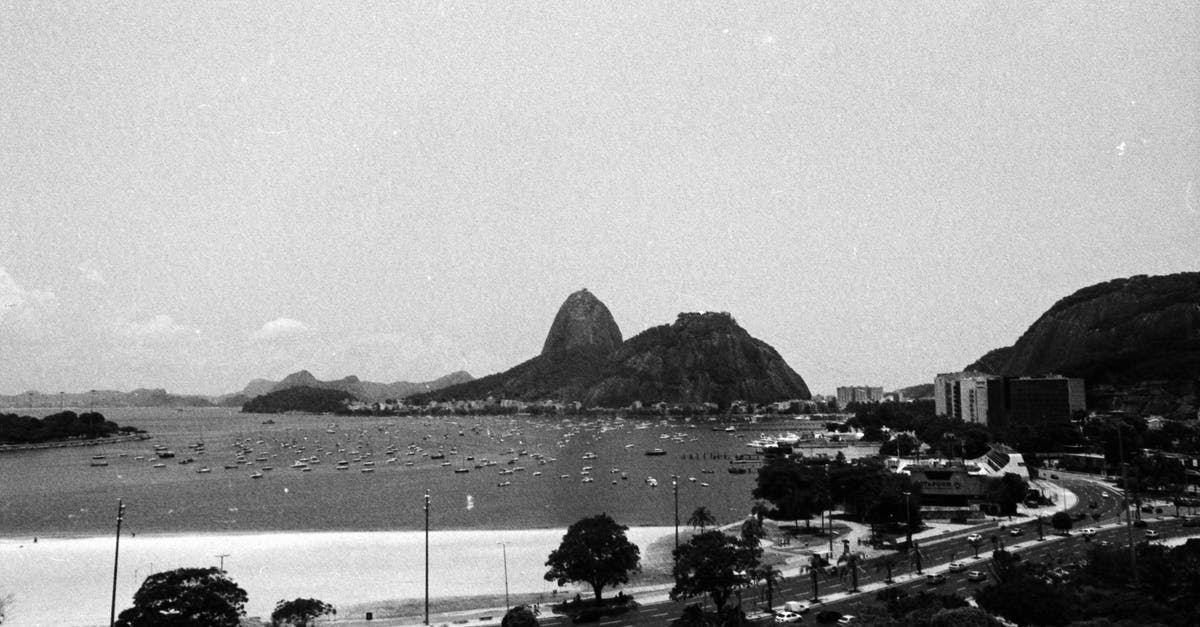Recreating an accidental crust effect

For a bake sale, I made a pumpkin cheesecake with a ground ginger-snap cookie crust. It's the first time I had ever made the recipe.
As I do whenever I make cheesecake, I cooked it in a 9" springform, and had the springform in a deep water bath as it cooked. The water bath had been in the oven long enough that the water had started to boil by the time I put the cheesecake in it.
When the cheesecake had finished cooking, I took it out, and to my horror realized that the springform had leaked, and the water bath had gotten into the crust. The crust was fairly wet, but still held together, so I figured it was salvageable.
I took the water bath out, put the cheesecake back in with the door slightly ajar, turned the oven down, and left it for another half an hour. My goal was to try to dry the crust.
It seemed to work, as the crust dried before the rest of the cheesecake became overcooked (yay). I chilled it over night after it had cooled.
When I cut into it the next day, there was a thin layer of darker crust between the crust and the cake, and seemed to actually hold the crust together. I managed to cut the entire cake using the hot-knife method without any of the crust crumbling. When I ate a piece, I noticed that the thin layer was slightly syrupy (but not enough to poorly affect the texture), and indeed did hold the crust together very well.
My only explanation for what could have caused this was the boiling water entering the crust dissolved some of the cookie's sugar, then sat as a layer on top of the crust, and dried, depositing the sugar.
Because it looked so nice (it was a "double layer" cake already, so the new crust layer gave the cake 4 different colored layers), and held the crust together so well, I'd like to try to reliably reproduce this effect.
Cheesecakes are relatively expensive to make though, and take a fair amount of time, so repeated trial and error would be difficult to do.
Does anyone know a way to reproduce this? Is this at all a common technique?
Best Answer
I have seen recipes where a hot caramel was poured on the crust before the filling is added. It's designed to help help keep the crust from becoming soggy.
Sadly, I can't find a recipe for you; googling turns up a lot of results for caramel sauces on top. But I can give you a basic approach:
Prepare your crust in the pan. Dissolve 1/2 cup sugar in 2 tablespoons of water. Bring to boil over high heat. Cook without stirring until it becomes a nice, rich brown (about 350 degrees).
Pour the hot syrup over your crust, and tilt to cover the crust evenly. (You'll probably have more syrup than you really need.) Allow to cool (about 20 minutes) before pouring in the filling. Bake as before.
(Bonus: it helps to wrap a large, wide sheet of aluminum foil around your springform pan before putting your cake in the water bath, to prevent leaks.)
Pictures about "Recreating an accidental crust effect"



Recreating the \
Sources: Stack Exchange - This article follows the attribution requirements of Stack Exchange and is licensed under CC BY-SA 3.0.
Images: cottonbro, Evgenia Basyrova, Erik Mclean, Daniel Maforte
